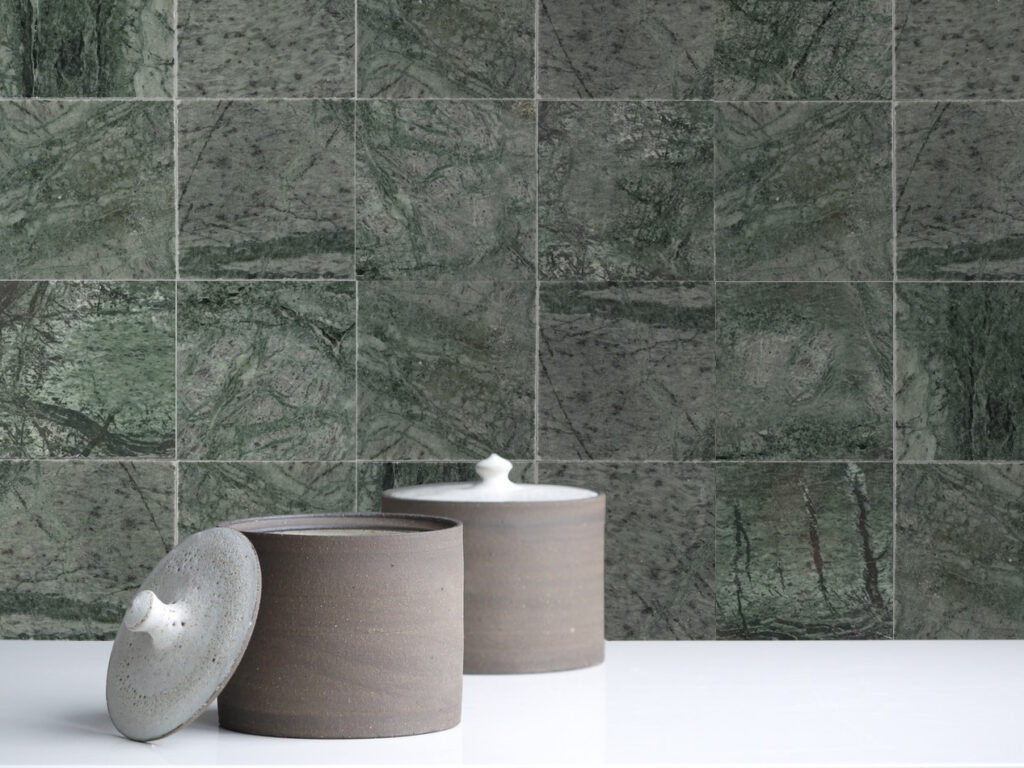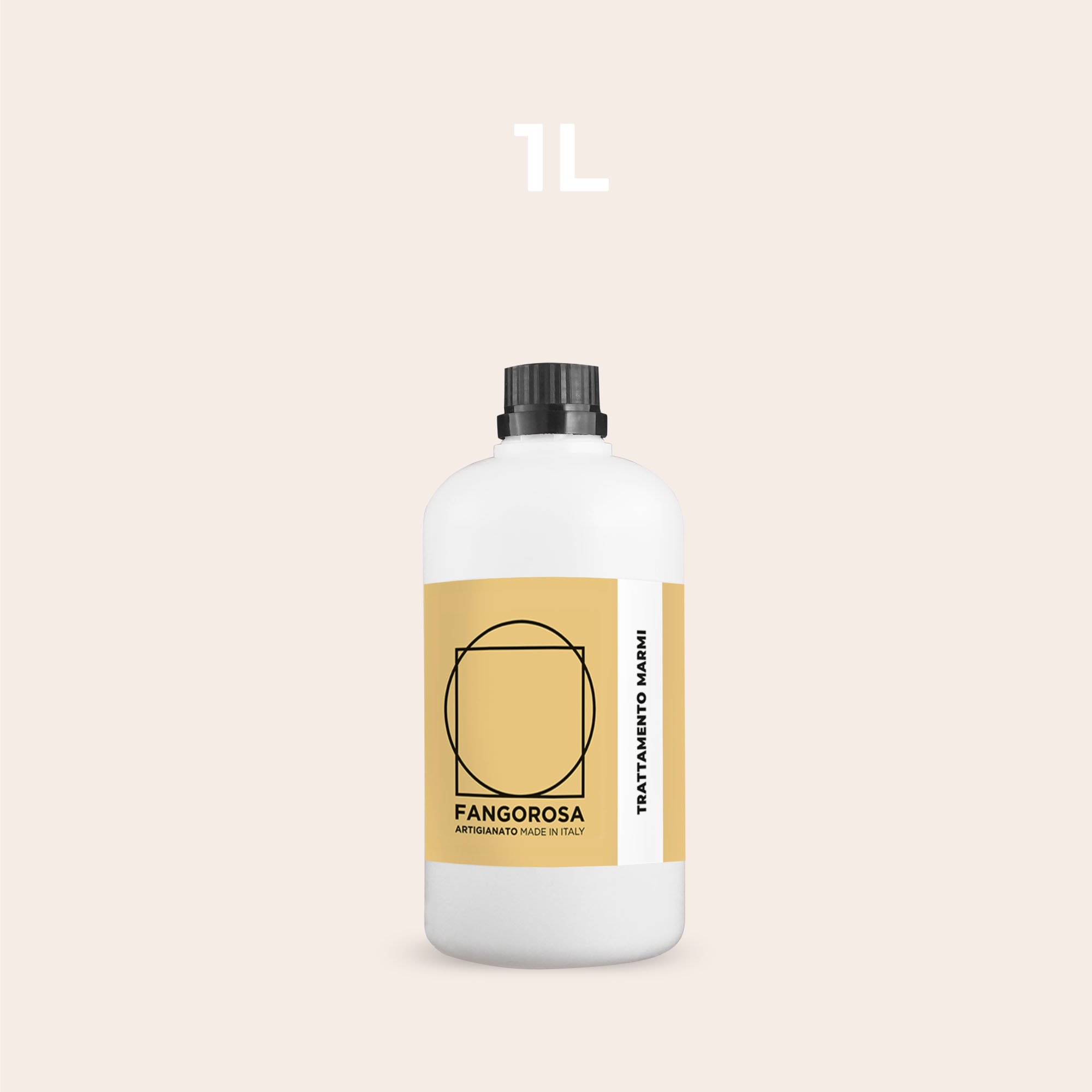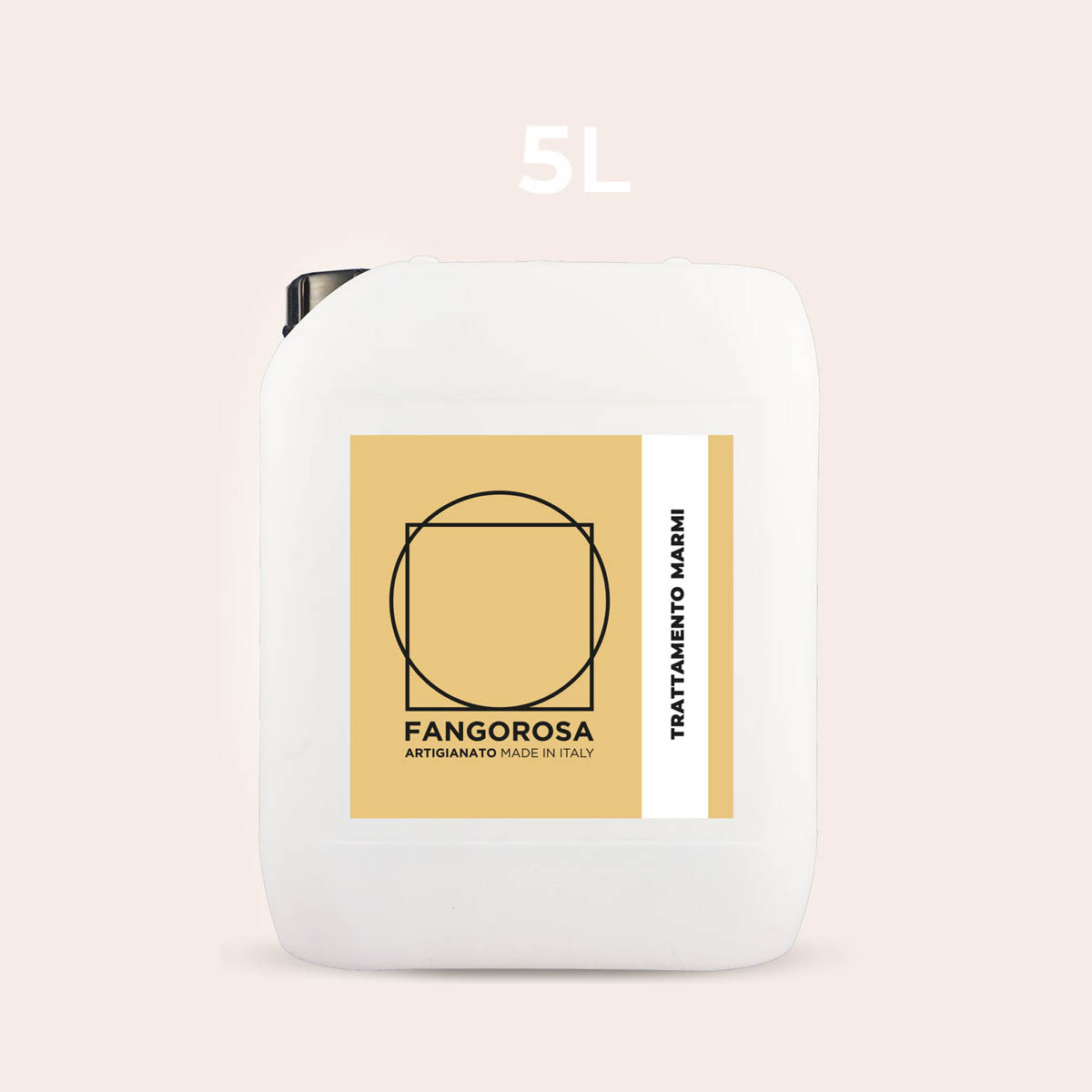Marble: everything you need to know
Subways or subway tiles, the ceramic tiles that cover the walls of subways in New York, London and Paris are dressed for the first time in italian marble. So is born a diamond that enhances the properties of one of the most precious materials in the history of art and surfaces.
Hidden in the bowels of quarries and brought to light thanks to the activity of man, who since Roman times has been ingenious in devising multiple ways of extraction. It is marble, a natural and ancient material that resists the passage of time and has been considered since antiquity among the most valued for the construction and furnishing of public and private buildings, places of worship, residences, villas and gardens.
The word “marble” is derived from the ancient Greek word mármaron or mármaros, meaning “shining stone” and in turn derived from the verb marmàirō meaning “to shine, to sparkle.”
When one speaks about marble, thoughts turn directly to Italian marble, which boasts a great history related to the extraction of the material along with the largest number of marble variants ever.
There are about thirty main types of marble in Italy and they are scattered throughout the peninsula.
The best known type abroad is certainly Bianco Carrara quarried from quarries in the Apuan Alps in central northern Italy. In terms of variety and volume extracted, it is the most important area on the entire Peninsula (Calacatta and Bardiglio also come from here), but there are many other districts from which multiple types of marble are extracted:
- Rosso Verona from Veneto
- The Botticino from Lombardy
- The Portoro from Liguria
- The Trani Stone from Apulia
- The Custonaci Marble from Sicily
Italy has also consecrated and made this material famous thanks to the work of artists such as Michelangelo, Canova, and Giuseppe Sanmartino who interpreted its color, delicacy, and luster, restoring to the world such absolute masterpieces as La Pietà, The David, Cupid and Psyche, and the Veiled Christ.
Thanks to the possibility of working it in very different ways, Marble is loved by artists and architects even today marble is used for capitals, columns, stairs, steps and floors.
Each marble chosen by Fangorosa preserves an ancient history, the traces of a slow and relentless creation. By nature but also by man.
Fangorosa’s choice of marble selection fell on:
- Botticino Marble: With its chromatic varieties, Botticino marble catapults us to the dawn of the world, testifying to the existence of a lagoon sea in the area we now identify with the province of Brescia.
- Verde Alpi: With its characteristic dark green color and white veins, on the other hand, Verde Alpi tells us about the collision between the European and African tectonic plates when the oceanic crust was projected thousands of meters high, bringing with it its suggestions.
- Finally, Carrara White shows us the dazzling whiteness and whiteness of the Apuan Alps where a tireless and brooding Michelangelo is visiting the quarries. He observes and feels each block assaying its quality, purity, compactness and trying to guess its destination
.
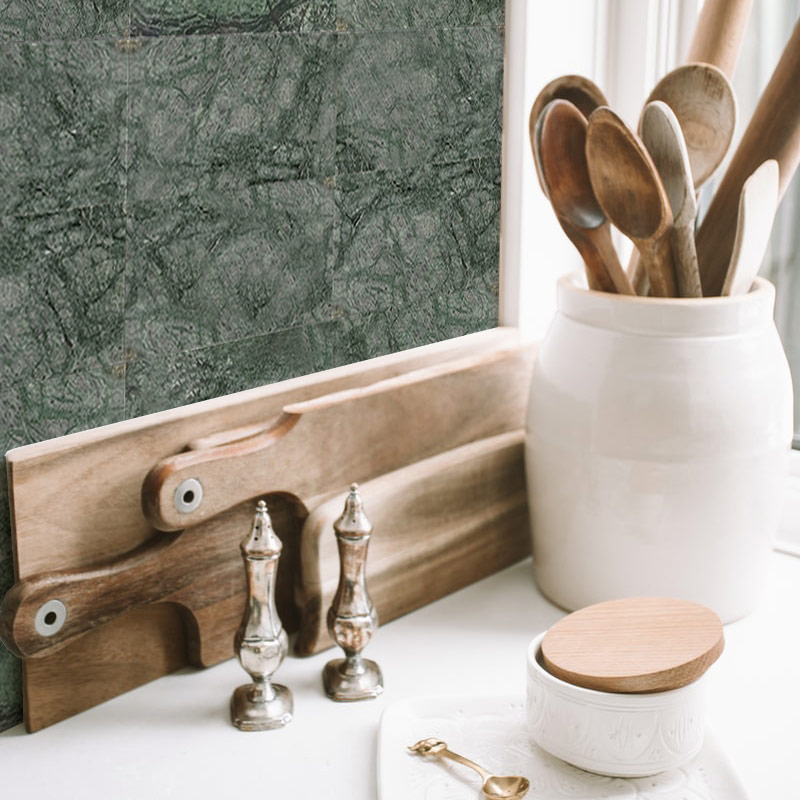
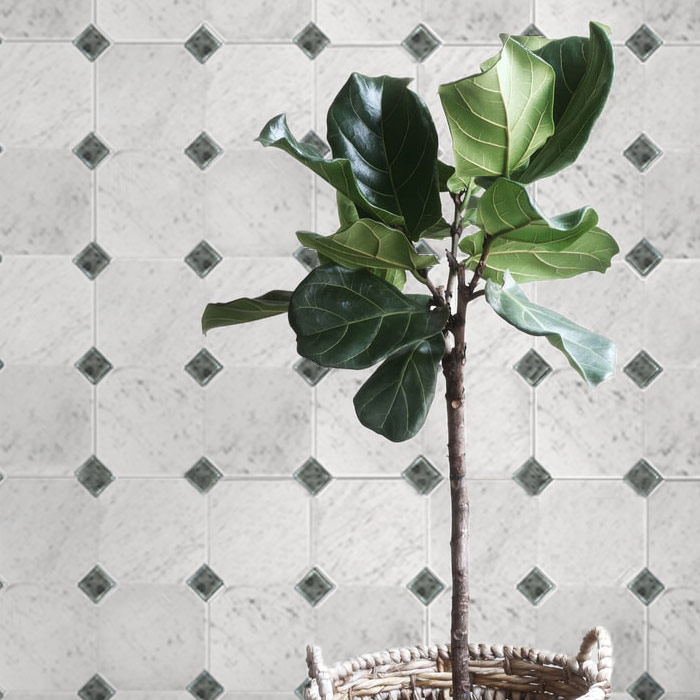
Italian marble has always been known throughout the world for its elegance and whiteness. Abroad, in fact, marble is associated with large slabs.
The novelty in fact lies in this, choosing Italian craftsmen who use scraps from the processing of large slabs to create small sizes, with thickness reduced to a minimum.
The shapes of Marble that Fangorosa offers are:
The sizes of Marbles chosen by Fangorosa can be combined in colors and shapes, such as Octagon and Tozzetto, to create an unexpected marble facing.
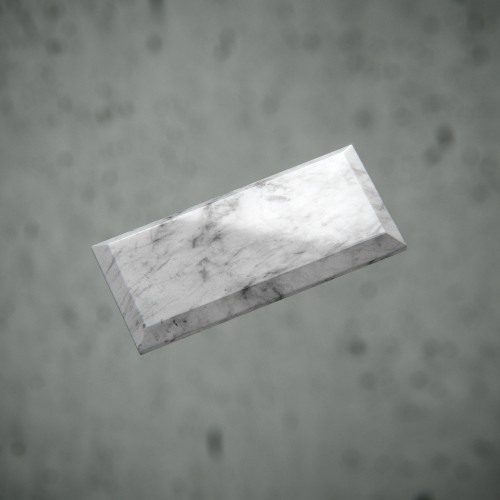
The Diamond Shape
For the Botticino and Bianco Carrara collections, a shape that does not originally exist was chosen in the marble universe, but comes directly from the world of tiles, from ceramics in particular.
It is the diamond shape. An inexpensive solution that became famous in 1904 with the opening of the New York subway and very soon spread to those in London and Paris. The tiles that covered the walls became iconic and are still known today as the metro or subway tiles.
The choice was made to retrace the aesthetics of a very poor product through a precious material such as marble. So was born a 7*15 diamond tile that, thanks to its three-dimensionality, enhances the characteristics of marble, a solid stone that can be worked and polished in all its forms.
Botticino and Bianco Carrara 7*15 tiles become a new opportunity for designers and architects who can now reconcile the traditional functionality and versatility of subways with the use of one of the most valuable materials in the history of surfaces.
Marble, like all materials used as floor or wall tiles, needs care for this reason Fangorosa has provided a treatment consisting of a single product that protects it and makes it water-oil repellent, enhancing its natural tones. This should be repeated once a year to restore the marble to its natural light.
To learn more about sustainable treatments designed by Fangorosa also check out the article on treating terracotta and concrete.
Follow the Instagram page to stay updated on the latest news.

